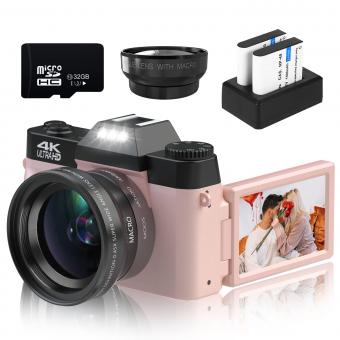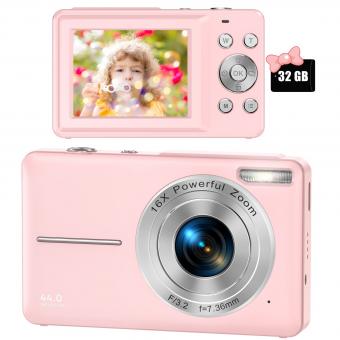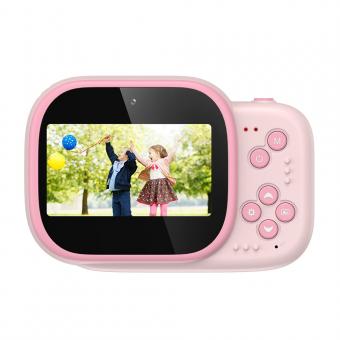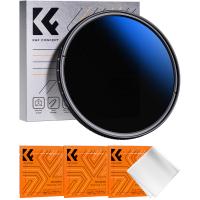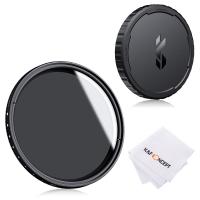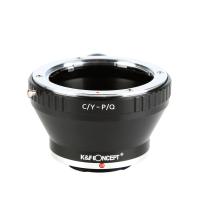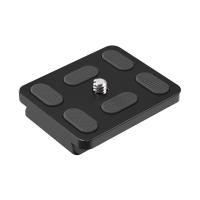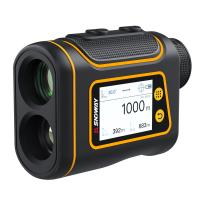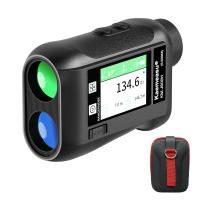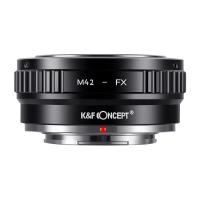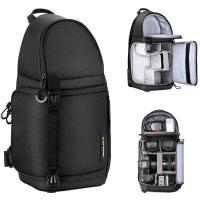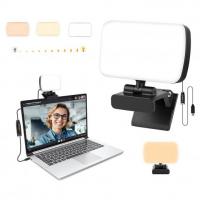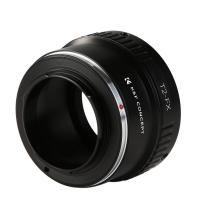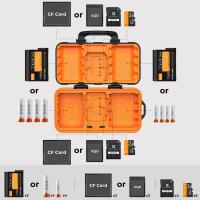How To Pick Out A Digital Camera?
Choosing the right digital camera can be a daunting task, especially with the myriad of options available in the market today. Whether you are a professional photographer, a hobbyist, or someone who simply wants to capture memories, selecting the right camera involves understanding your needs, preferences, and the technical specifications that will best serve your purpose. In this article, we will delve into the key factors to consider when picking out a digital camera, providing you with a comprehensive guide to make an informed decision.
Understanding Your Needs
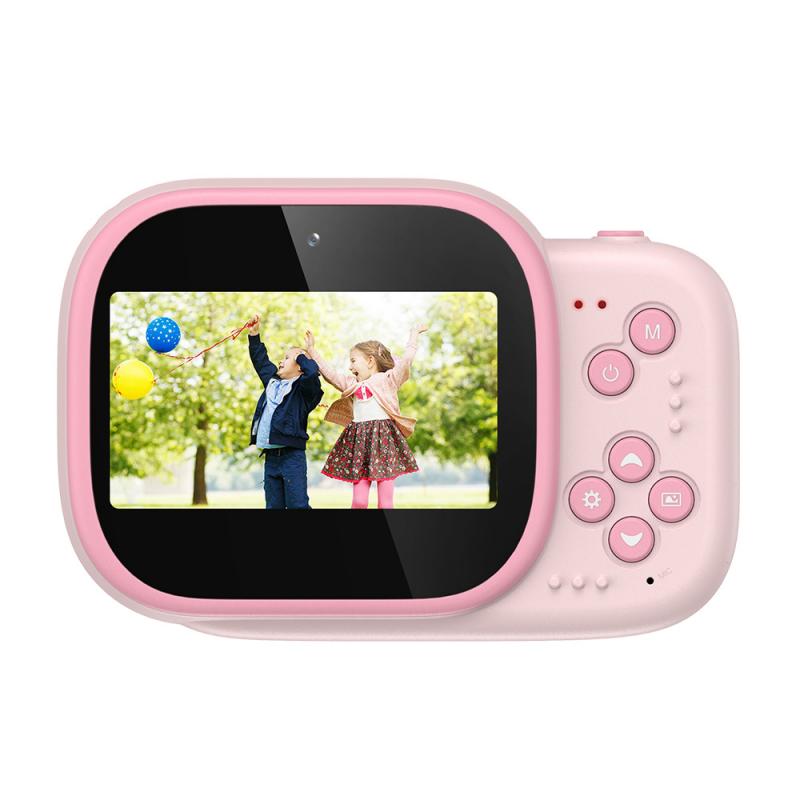
The first step in choosing a digital camera is to clearly define your needs. Ask yourself the following questions:
- What is the primary purpose of the camera? (e.g., professional photography, travel, family events, vlogging)
- What is your budget?
- What level of expertise do you have with cameras? (e.g., beginner, intermediate, professional)
- What type of photography are you interested in? (e.g., landscape, portrait, sports, macro)
By answering these questions, you can narrow down your options and focus on cameras that meet your specific requirements.
Types of Digital Cameras
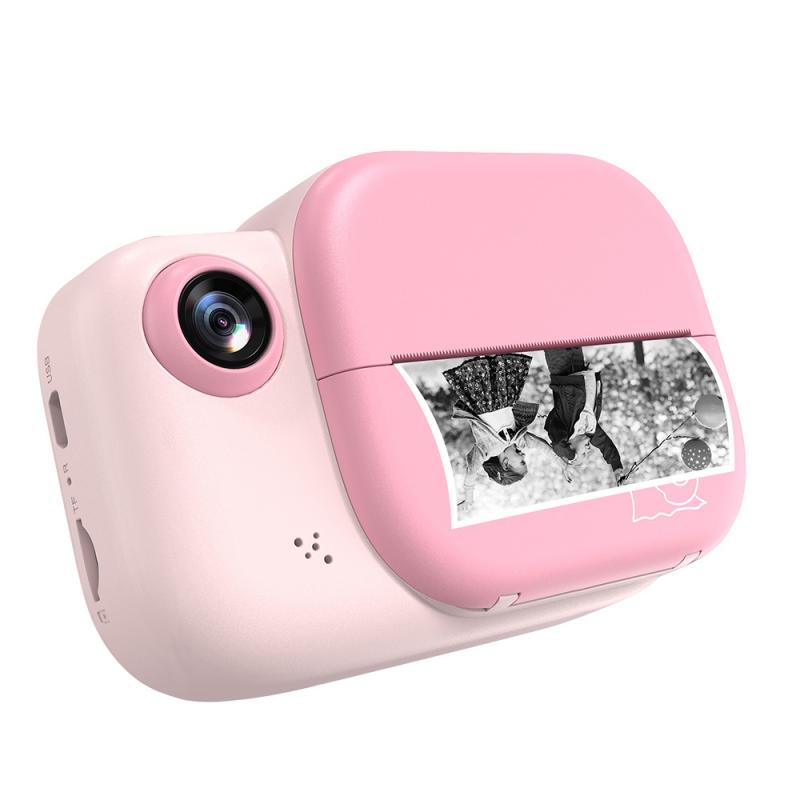
There are several types of digital cameras, each with its own set of features and advantages. Here are the main categories:
1. Compact Cameras (Point-and-Shoot)
- Pros: Lightweight, easy to use, affordable.
- Cons: Limited manual controls, smaller sensors, lower image quality compared to DSLRs and mirrorless cameras.
- Best For: Casual photographers, travel, everyday use.
2. Mirrorless Cameras
- Pros: Interchangeable lenses, compact size, high image quality, electronic viewfinder.
- Cons: Shorter battery life, fewer lens options compared to DSLRs.
- Best For: Enthusiasts, travel photographers, vloggers.
3. Digital Single-Lens Reflex (DSLR) Cameras
- Pros: Interchangeable lenses, optical viewfinder, excellent image quality, extensive manual controls.
- Cons: Bulky, heavier, more expensive.
- Best For: Professional photographers, serious hobbyists, sports photography.
4. Bridge Cameras
- Pros: Long zoom range, versatile, more manual controls than compact cameras.
- Cons: Fixed lens, larger than compact cameras, image quality not as high as DSLRs or mirrorless cameras.
- Best For: Wildlife photography, travel, users who want more control without the complexity of interchangeable lenses.
5. Action Cameras
- Pros: Durable, waterproof, compact, designed for capturing action and adventure.
- Cons: Limited manual controls, small sensors, not ideal for general photography.
- Best For: Adventure sports, underwater photography, extreme conditions.
Key Features to Consider
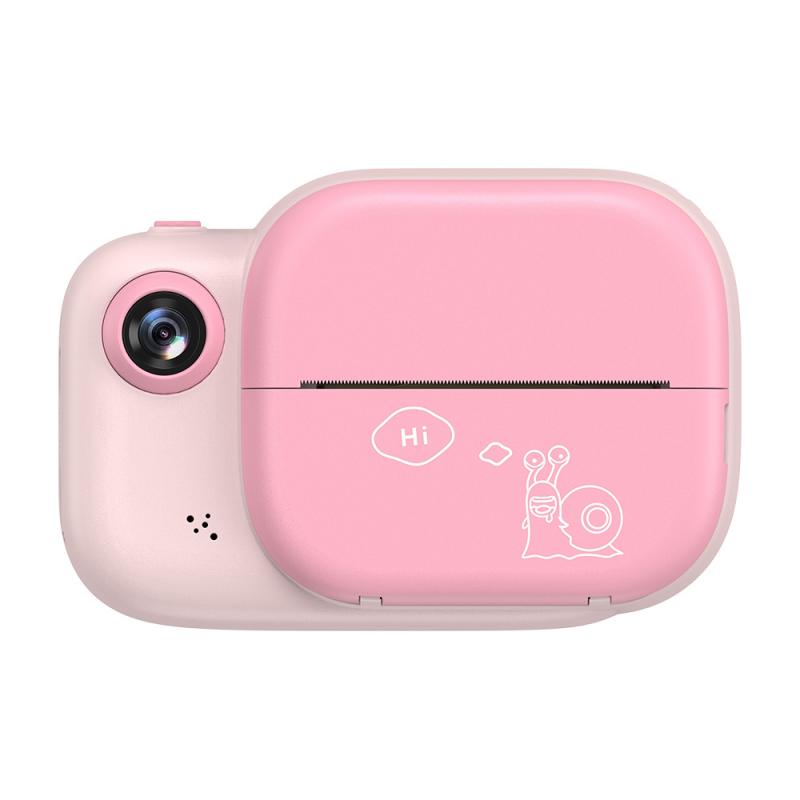
When evaluating digital cameras, consider the following key features:
1. Sensor Size and Resolution
- The sensor size significantly impacts image quality. Larger sensors (e.g., full-frame, APS-C) generally produce better images, especially in low light.
- Resolution (measured in megapixels) determines the level of detail in your photos. However, higher megapixels do not always mean better quality. Balance resolution with sensor size for optimal results.
2. Lens Options and Compatibility
- For DSLRs and mirrorless cameras, the availability and quality of lenses are crucial. Consider the lens mount system and the range of lenses available for your chosen camera.
- For fixed-lens cameras, evaluate the zoom range and aperture capabilities.
3. Autofocus System
- A fast and accurate autofocus system is essential, especially for action, sports, and wildlife photography. Look for cameras with multiple autofocus points and advanced tracking features.
4. Image Stabilization
- Image stabilization helps reduce blur caused by camera shake, especially in low light or when using long zoom lenses. Optical stabilization is generally more effective than digital stabilization.
5. Video Capabilities
- If you plan to shoot videos, consider the camera’s video resolution (e.g., 4K, 1080p), frame rates, and additional features like microphone input, headphone jack, and in-body stabilization.
6. Ergonomics and Build Quality
- The camera should feel comfortable in your hands, with intuitive controls and a durable build. Weather-sealing is a plus for outdoor photography.
7. Battery Life
- Battery life varies significantly between camera types. DSLRs typically offer longer battery life compared to mirrorless and compact cameras. Consider your shooting habits and whether you need extra batteries.
8. Connectivity
- Modern cameras often come with Wi-Fi, Bluetooth, and NFC for easy sharing and remote control. These features can be convenient for transferring photos to your smartphone or controlling the camera remotely.
Practical Tips for Choosing a Digital Camera
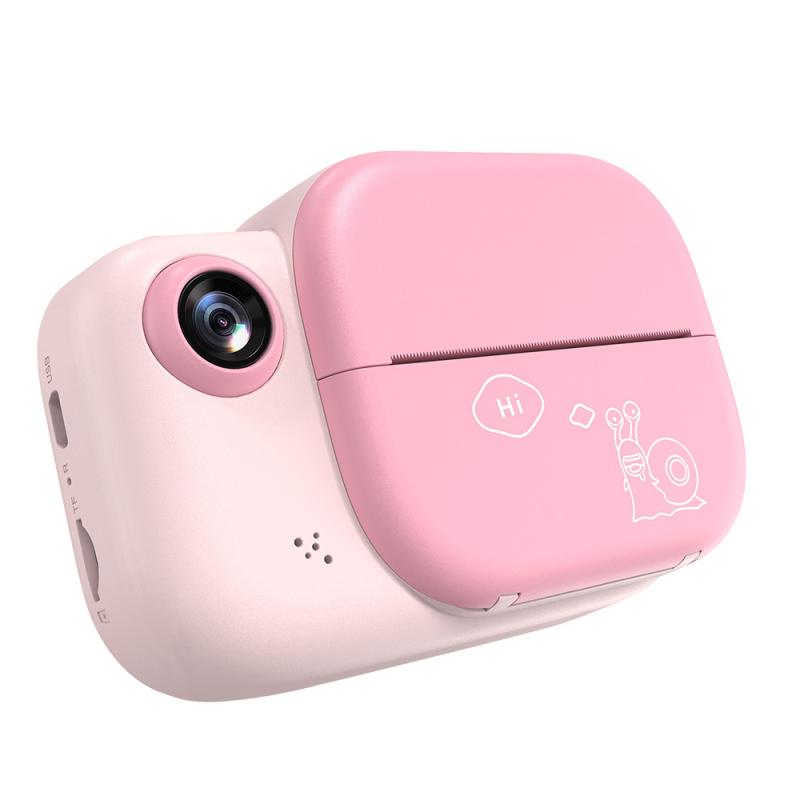
1. Set a Budget
- Determine how much you are willing to spend. Remember to factor in the cost of additional lenses, memory cards, and accessories.
2. Read Reviews and Watch Tutorials
- Research online reviews, watch video tutorials, and read user feedback to get a sense of the camera’s performance and usability.
3. Test Before You Buy
- If possible, visit a camera store to handle different models. Testing the camera in person can help you assess its ergonomics, weight, and ease of use.
4. Consider Future Needs
- Think about your long-term photography goals. Investing in a camera system with room for growth (e.g., interchangeable lenses, advanced features) can save you money in the long run.
5. Don’t Overlook Used or Refurbished Cameras
- Buying a used or refurbished camera can be a cost-effective way to get a high-quality model. Ensure it comes with a warranty and has been thoroughly checked for any issues.
Choosing the right digital camera involves a careful balance of understanding your needs, evaluating key features, and considering your budget. By taking the time to research and test different models, you can find a camera that not only meets your current requirements but also grows with you as your photography skills and interests evolve. Whether you are capturing family moments, exploring the great outdoors, or pursuing professional photography, the right digital camera can make all the difference in preserving your memories and expressing your creativity.


